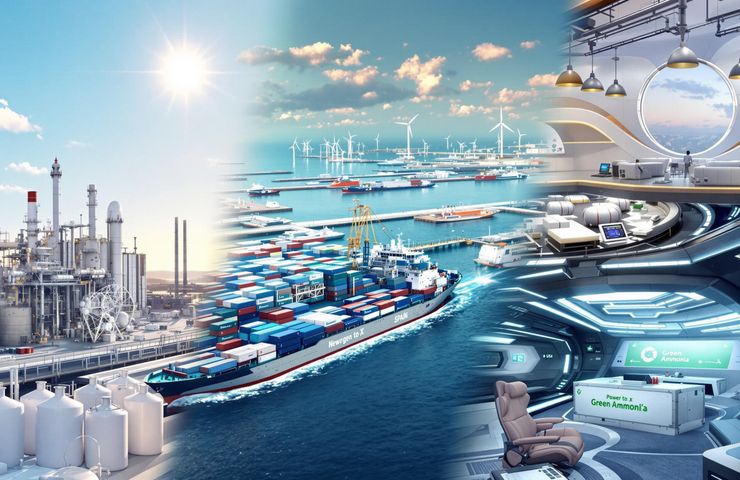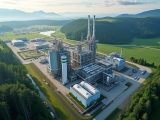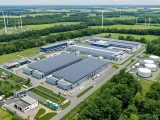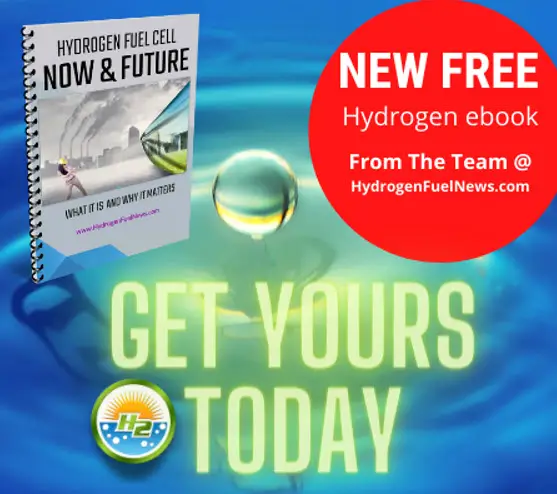
Green Hydrogen Heats Up: Spain, Australia, and the US Race Toward Industrial Decarbonization
May 1, 2025Green hydrogen has officially moved past the hype—it’s now a central piece of energy strategies from Spain to Australia, and all the way to the United States. Three continents, multiple sectors, and one common mission: move away from fossil fuels and build an energy future that’s clean, efficient, and built to last.
Spain’s $1.7 Billion Pivot: Giving Old Infrastructure New Life
Let’s kick things off in Spain, where energy giant Enagas and investment firm CIP (Cipresa) are putting down a massive $1.7 billion bet on green hydrogen. They’re developing a 500MW hydrogen production project that flips the traditional grey ammonia script—replacing fossil-fueled ammonia with a new generation of clean ammonia made entirely from renewables.
Spain is already ahead of the game with some of the lowest electricity prices in Europe and a strong renewables pipeline. Now, they’re aiming even higher: becoming a major hydrogen export leader. And instead of building everything from scratch, they’re cleverly retooling their existing ammonia infrastructure—think of it like giving an old factory a high-tech, solar-powered makeover.
Newcastle’s Next Act: From Fossil Past to Hydrogen Future
Meanwhile, on the other side of the world in Newcastle, Australia, change is literally in the air. This city has long been one of the biggest coal export ports in the world—but now it’s setting the stage for a dramatic energy shift. With Mitsubishi Heavy Industries (MHI) on board, Newcastle is working to transform itself into a major hydrogen and ammonia export hub.
This isn’t just about chasing sustainability targets—it’s about redefining the region’s economic future. By turning abundant sunshine and wind into clean fuel and exporting hydrogen and green ammonia to Asia, Newcastle is proving you can rewrite your industrial legacy without losing what makes you competitive.
America’s Clean Energy Gameplan: Power-to-X
If you’re not familiar with Power-to-X yet, you’re about to hear a lot more about it. The idea is simple but powerful: take clean electricity and convert it into things like hydrogen, ammonia, or even synthetic fuels. In the U.S., global engineering player ABB is jumping into this space, signing on to help scale a major green hydrogen Power-to-X initiative.
We’re still waiting on the finer details, but with the Inflation Reduction Act giving a serious push to all things H2, the stars are aligning. ABB’s know-how in automation and energy systems makes them a major player to watch in how America builds its hydrogen future.
UK Innovation: Cracking the Last Mile of Hydrogen Delivery
Across the pond, the UK is adding a major piece to the green hydrogen puzzle. Ammogen, backed by the Department for Energy Security and Net Zero (DESNZ), is developing cutting-edge membrane-based ammonia cracking technology. The idea? Ship clean ammonia instead of volatile hydrogen, and then convert it into usable H2 right at the destination.
This could be the breakthrough we’ve been waiting for—especially for enabling safe, large-scale global hydrogen trade. Think of ammonia as the ideal carrier: stable, transport-friendly, and ready to unleash hydrogen exactly where it’s needed.
Different Countries, One Shared Goal
Despite the different geographies, everyone’s writing chapters of the same story: decarbonization, energy security, and future-focused industrial competitiveness. And let’s not overlook the huge economic upside—this is about jobs, exports, and next-gen tech leadership.
Spain is rebuilding with renewables. Australia’s reimagining its coastal economy. The U.S. is flexing its tech and policy muscles. The UK is investing in innovations that could change everything.
And companies like Plug Power—longtime players in the fuel cell game—are helping stitch this ecosystem together. They’ve had bumps along the road, sure, but their early work laid the foundation for the hydrogen economy we’re now watching rise.



 With over 15 years of reporting hydrogen news, we are your premier source for the latest updates and insights in hydrogen and renewable energy.
With over 15 years of reporting hydrogen news, we are your premier source for the latest updates and insights in hydrogen and renewable energy.